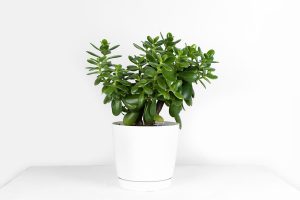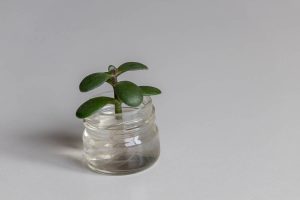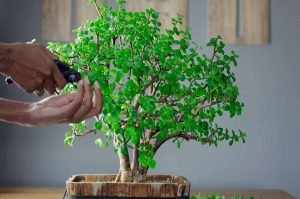The jade plant, with its vibrant green leaves, is already an eye-catcher, but when the tips turn a rich red, it becomes a standout in any plant collection. Achieving those coveted red tips is a matter of balancing light and stress—just enough to change the leaf color without harming the plant. Here are further details on how to trick your Jade Plant Tips into turning red.
Table of Contents
What Makes Jade Plant’s Leaves Turn Red
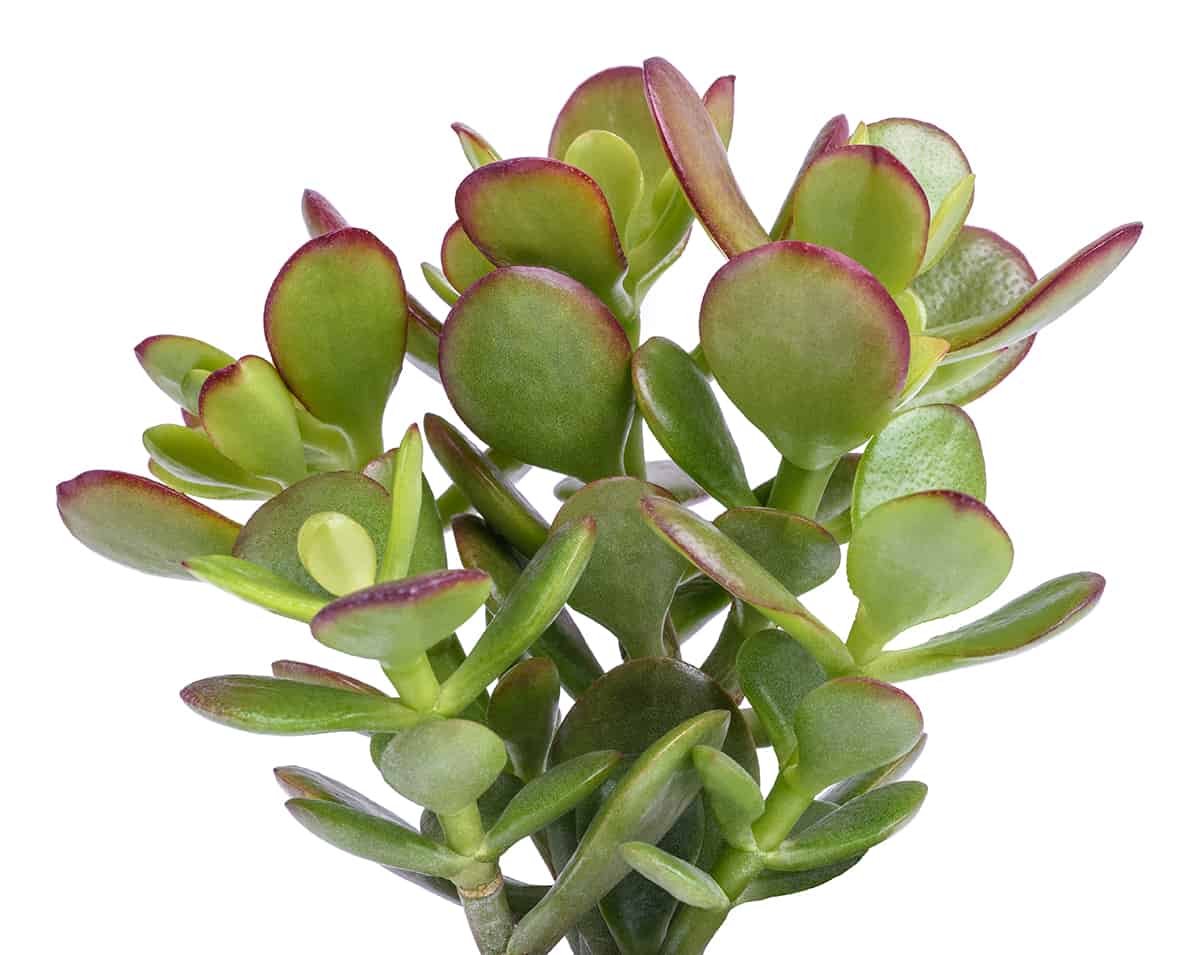
Jade plants exhibit leaf reddening under certain conditions. You’ll notice this striking feature with a variety of Crassula ovata cultivars. When your jade plant’s leaves develop red tips, it’s typically a response to sunlight. Intense light promotes this pigmentation change. An example is California Red Tip, a cultivar with purplish-red edges thriving in bright conditions.
To achieve red tips, provide your jade plant with an optimal amount of light. These succulents require about 3 to 5 hours of direct sun daily. East or west-facing windows deliver the right exposure. Over time, adequate sunlight encourages red tips to form. Yet, take care to avoid excessive light that can burn the leaves.
Watering practices also impact leaf color. Allow soil to dry between waterings. Dry conditions, to an extent, can enhance red tip formation. But, over-watering or under-watering can cause damage.
Temperature fluctuations can influence leaf color as well. Cooler temperatures, especially at night, can deepen the red hue of leaf tips. However, it’s crucial to protect these plants from extreme cold. Keep indoor temperatures steady to avoid stress.
Is It Bad When Jade Plant’s Leaves Turn Red?
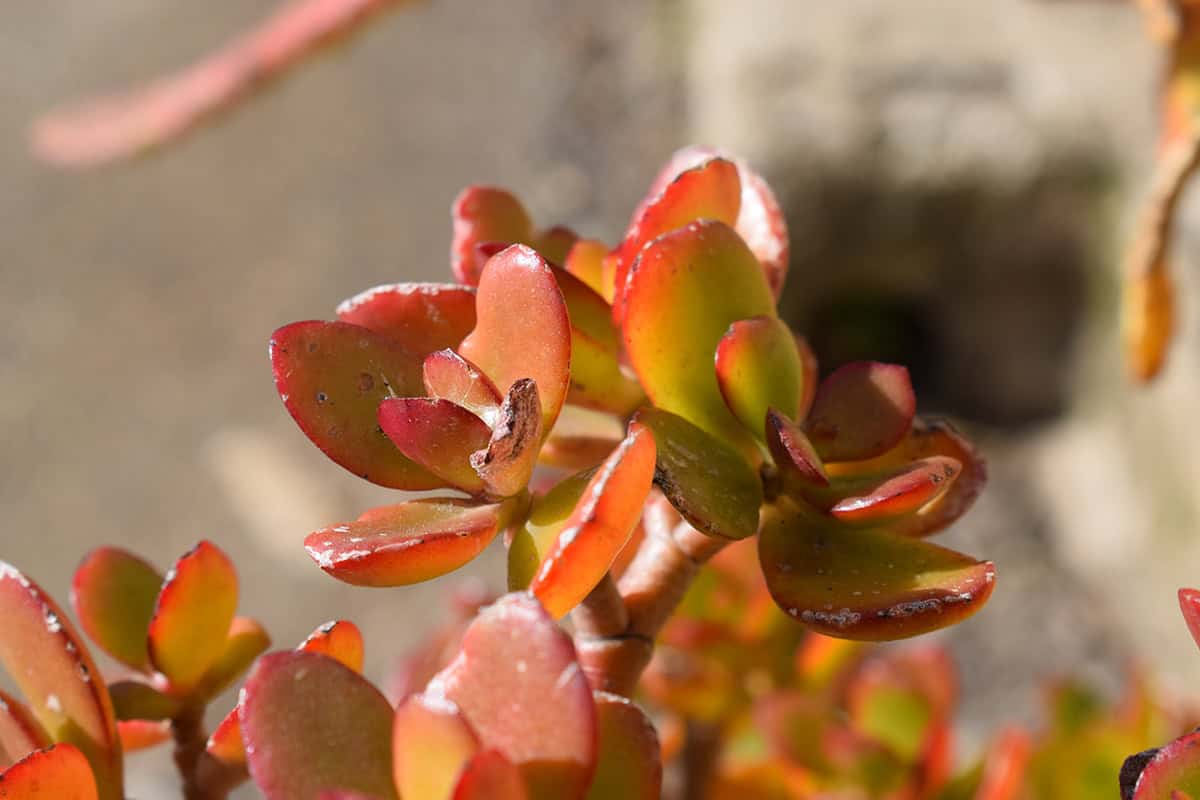
Jade plants attract attention with their rich green leaves. When you notice your jade plant’s leaves turning a different color, it’s natural to be concerned. Red tips on a jade plant, however, often signal good health.
These red tips can indicate ample sun exposure. Your jade plant needs 3 to 5 hours of direct sunlight daily. A window facing east or west offers ideal light. Full sun can cause the tips to turn a vibrant red.
They show that your plant is getting enough sunlight. Enjoy the touch of color as a sign of your success in caring for your jade plant. If the leaves turn yellow or another color, then it may be cause for concern.
Why Are My Jade Plant’s Leaves Yellow
When your jade plant’s leaves turn yellow, it often suggests a care imbalance. Too much water is a common cause. Jade plants require their soil to dry out completely between waterings. Your care routine must ensure this to prevent root rot.
Consider the lighting conditions as well. Jade plants need bright light to maintain vibrant leaf color. They thrive in an east or west-facing window. Low light conditions may lead to yellowing leaves.
Check for pests and diseases too. These can stress your jade plant, resulting in yellow leaves. Spider mites and mealybugs are frequent culprits. Inspect the leaves regularly and treat any infestations promptly.
Finally, the right soil mix is essential for healthy roots. Use a well-draining succulent mix to keep your jade plant’s roots dry. This helps prevent yellowing due to waterlogged soil.
How to Make a Jade Plant Greener
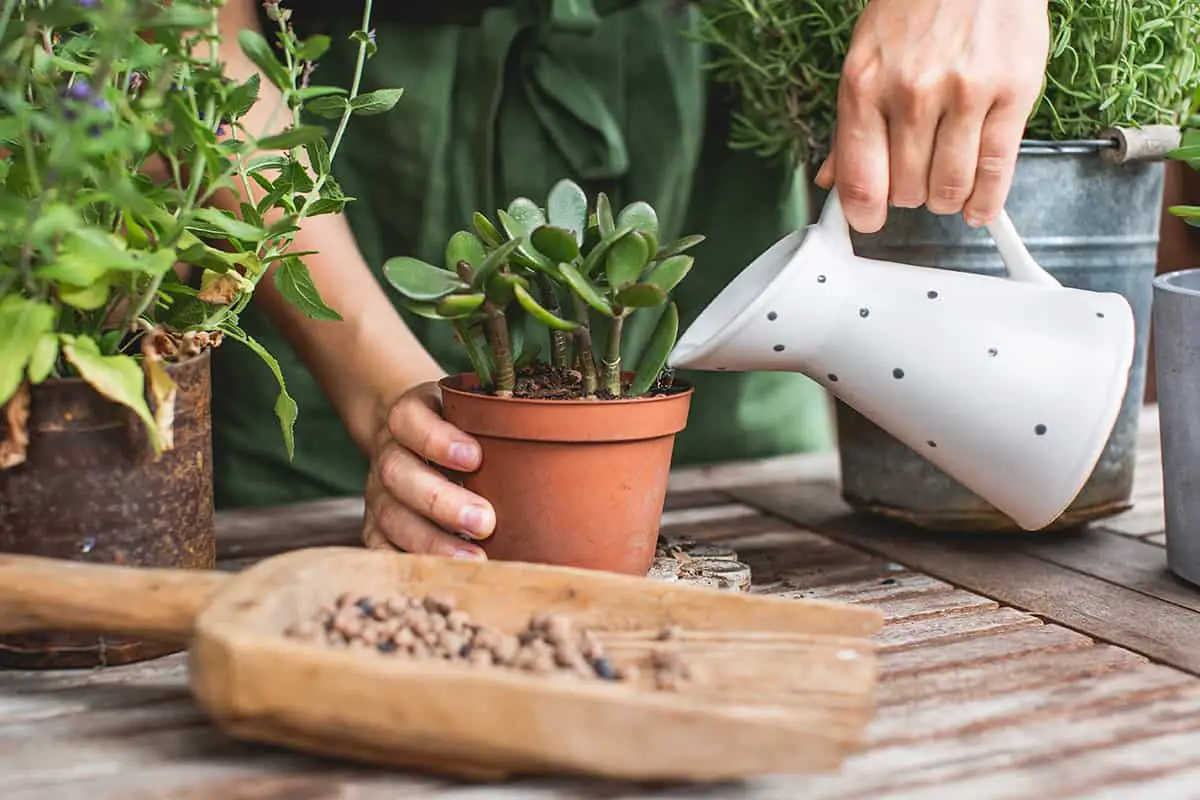
To ensure your jade plant’s vibrant green hue, proper light exposure is key. Position it in a location where it receives three to five hours of direct sunlight, preferably through an east or west-facing window. This amount of light is crucial for maintaining the plant’s rich green color. Insufficient light can cause the plant to become leggy and pale.
Watering plays a pivotal role in the health of your jade plant. Allow the soil to fully dry out between waterings. Overwatering can lead to a loss of the green luster you desire. To strike the right balance, check the top inch of the soil before adding water.
Nutrients are essential in keeping the plant green and robust. Fertilize sparingly, using a balanced, water-soluble fertilizer every few months to nourish your plant without overdoing it. Remember, too much fertilizer can harm the plant, so follow the recommended dosage.
Regular grooming also contributes to a healthier, greener plant. Trim away any damaged or dying leaves. This encourages new growth and maintains the plant’s energy for sustaining vibrant green foliage. Additionally, repotting when the plant becomes root-bound promotes more green growth, using a potting mix designed for succulents.


